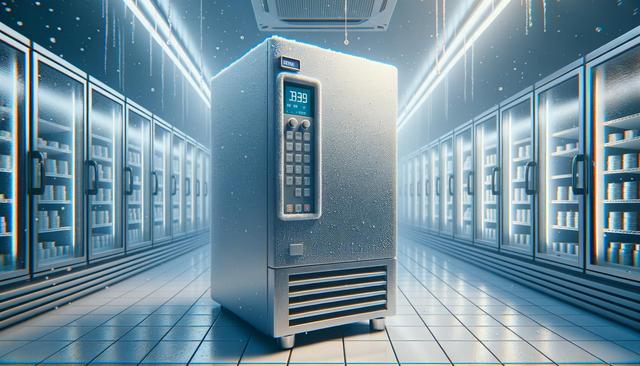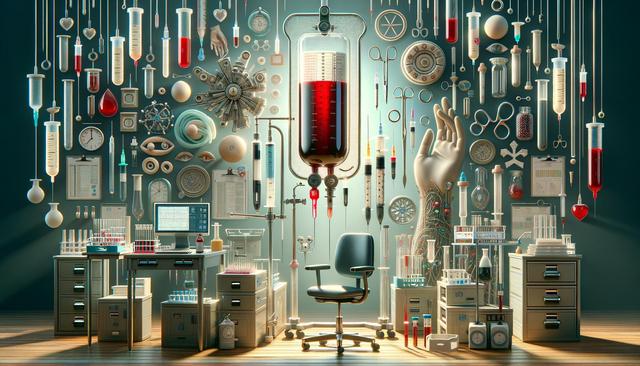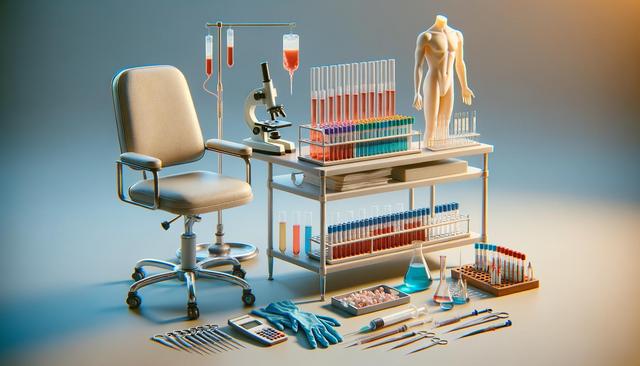Understanding the Role of Temperature Monitoring in Cold Chain Environments
In industries where temperature-sensitive products are handled, such as food and pharmaceuticals, maintaining the proper storage conditions is not just about quality—it’s about safety and compliance. A Cold Room Temperature Monitoring System plays a critical role in ensuring that perishable items remain within designated temperature ranges throughout storage and handling. These systems track and log temperature data continuously, offering real-time alerts if conditions deviate from preset thresholds. This proactive approach significantly reduces the risk of spoilage and helps businesses stay compliant with industry regulations.
Regulatory bodies often mandate monitoring protocols to ensure the integrity of cold chain logistics. For example, pharmaceutical products may require storage between 2°C and 8°C, while frozen food often needs to stay below -18°C. A reliable monitoring system automates the compliance process by providing consistent documentation and audit-ready reports, eliminating the margin for human error and manual recordkeeping.
Key Features of a Cold Room Temperature Monitoring System
Modern temperature monitoring systems come with a range of features designed to enhance accuracy, reliability, and ease of use. These systems often include:
- Wireless sensors for flexible installation and real-time data transmission
- Cloud-based dashboards for remote access and monitoring
- Automated alerts via SMS or email for temperature excursions
- Battery backups to ensure continued monitoring during power outages
- Data logging and reporting tools for compliance documentation
These features make it easier for businesses to maintain operational continuity and uphold quality standards, even in the event of equipment failure or unexpected temperature fluctuations. The integration of Internet of Things (IoT) technology has further advanced these systems, allowing for predictive maintenance and analytics that support better decision-making across the cold chain.
Applications in the Food Industry
In the food industry, temperature control is essential for preserving product freshness and avoiding contamination. From meat and dairy to frozen vegetables, each category has specific storage requirements that must be met to ensure safety and taste. A Cold Room Temperature Monitoring System helps food businesses adhere to HACCP (Hazard Analysis and Critical Control Points) guidelines and other food safety standards.
Benefits of using a monitoring system in food storage include:
- Early detection of refrigeration issues, allowing for timely intervention
- Improved shelf life of products through consistent temperature management
- Detailed compliance logs for inspections and audits
- Reduced waste due to spoilage or improper storage conditions
By investing in temperature monitoring, food producers and distributors can not only meet regulatory requirements but also build consumer trust through improved safety and quality assurance.
Applications in the Pharmaceutical and Healthcare Sectors
Pharmaceuticals and healthcare products often require strict temperature control to maintain their efficacy. Vaccines, insulin, and certain biologics can be rendered ineffective if exposed to temperatures outside their recommended storage ranges. A Cold Room Temperature Monitoring System provides the transparency and traceability needed to ensure product safety from production to administration.
In these sectors, the consequences of temperature deviations can be particularly severe, potentially leading to ineffective treatment or adverse patient outcomes. Monitoring systems help mitigate these risks by:
- Ensuring real-time visibility of temperature conditions across multiple locations
- Providing automated alerts for immediate corrective action
- Generating compliance reports for regulatory bodies such as the FDA or EMA
- Facilitating audits with accurate, timestamped temperature records
This level of oversight is essential for maintaining product integrity and protecting public health, especially in global supply chains where environmental conditions can vary widely.
Choosing the Right Monitoring System for Your Business
When selecting a Cold Room Temperature Monitoring System, businesses should consider several factors to ensure it meets their operational and regulatory needs. These factors include:
- Scalability: Can the system accommodate multiple storage units or locations?
- Ease of integration: Is it compatible with existing infrastructure?
- Data management: Does it offer secure, long-term storage of temperature records?
- User interface: Is the dashboard intuitive and easy to navigate?
- Support and maintenance: Are technical support and software updates readily available?
Additionally, businesses should evaluate whether the system supports both real-time monitoring and historical data analysis. This dual capability allows for continuous oversight while also enabling trend identification and predictive analytics. Ultimately, the right system should align with both compliance goals and operational efficiency, offering a balance of reliability, usability, and cost-effectiveness.
Conclusion: A Smart Investment for Compliance and Quality Assurance
For industries reliant on cold storage, such as pharmaceuticals, healthcare, and food, implementing a Cold Room Temperature Monitoring System is a practical and strategic move. These systems not only support compliance with regulatory standards but also contribute to reducing waste, improving product safety, and enhancing overall operational efficiency. As cold chain demands continue to grow and evolve, investing in robust monitoring solutions helps businesses stay ahead of potential risks and build long-term resilience in their supply chains.




Leave a Reply